Cart 0 Product Products Amount:
(empty)
(empty)
Your cart
Your cart
Together:
No products
To be determined Shipping:
0,00 zł Total:
Product successfully added to your shopping cart (There are 0 items in your cart.) (There is 1 item in your cart.)
Product:
Quantity:
Total:
Total products
Total shipping To be determined
Total

Blog categories
Do you want to start brewing beer at home but don't know anything about it? Check out our blog. We share our knowledge with those who take their first brewing steps, as well as with those who already brew. Home brewing is not difficult!
Top sellers
-

-

-

-

Muslin hop boiling bag 1 piece
Reusable muslin mesh. Perfect for cooking hops and other spices, cold...
4,50 zł -

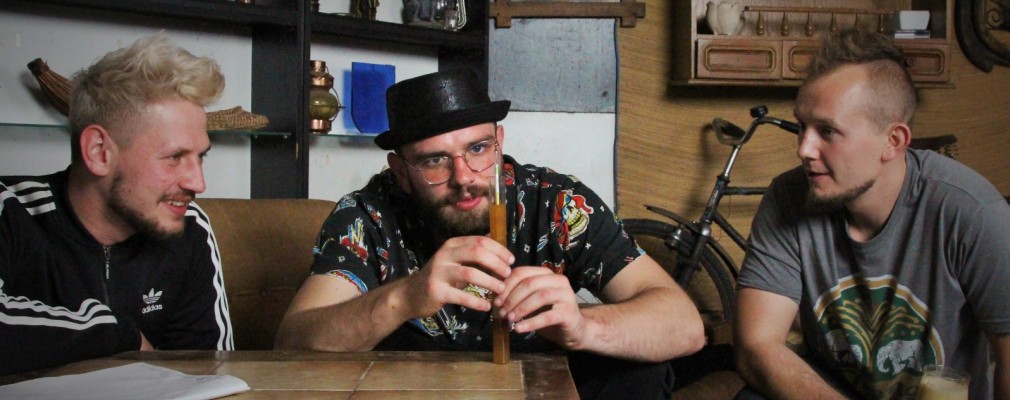
0
5345
Data publikacji:
26
OCT
2022
How to measure the alcohol level in home beer?
Udostępnij:
COPYRIGHT 2020 Twój Browar ALL RIGHTS RESERVED Design and implementation dih.pl
















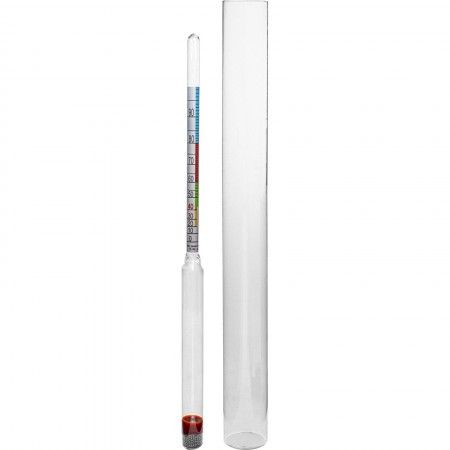 Many budding home brewers want to know its power after brewing their first beer. However, in order to reliably assess the level of alcohol in home beer, we must start measuring at the stage of brewing the beer, and more precisely before fermentation begins. The use of popular alcohol indicators will not give us reliable results in this case. Floating alcohol meters work like hydrometers, i.e. they indicate the density of a liquid through the depth of its immersion. This is the so-called hydrometric measurement. Since ethanol has a lower density than pure water, its presence in water will reduce its density. Therefore, the higher the level of alcohol in the solution, the deeper the floating alcohol meter is immersed.
Many budding home brewers want to know its power after brewing their first beer. However, in order to reliably assess the level of alcohol in home beer, we must start measuring at the stage of brewing the beer, and more precisely before fermentation begins. The use of popular alcohol indicators will not give us reliable results in this case. Floating alcohol meters work like hydrometers, i.e. they indicate the density of a liquid through the depth of its immersion. This is the so-called hydrometric measurement. Since ethanol has a lower density than pure water, its presence in water will reduce its density. Therefore, the higher the level of alcohol in the solution, the deeper the floating alcohol meter is immersed.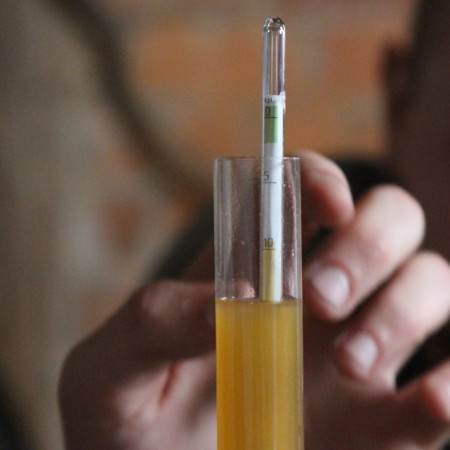 So let's move on to practice.
So let's move on to practice.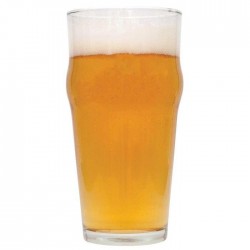
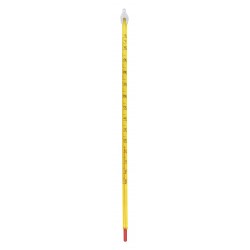
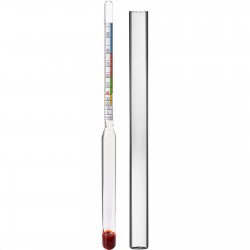
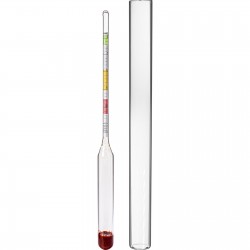
Dodaj komentarz
0 komentarze